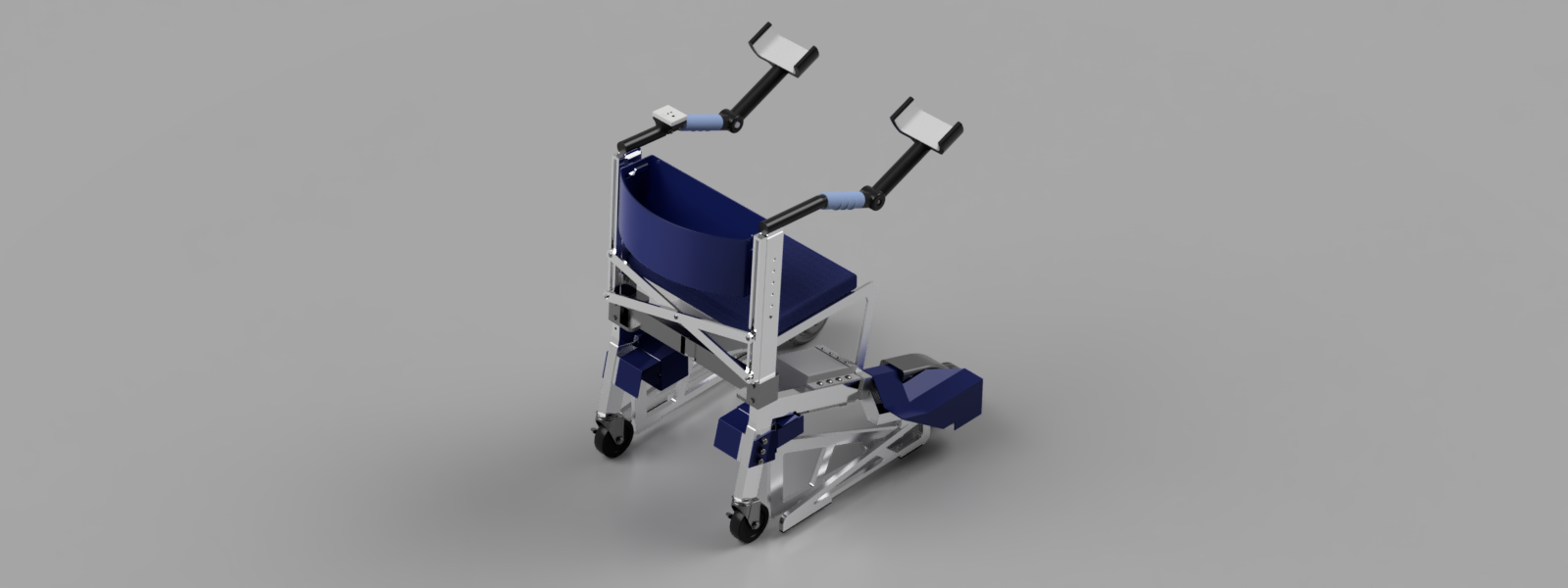Team Members

Christian DesFosses, Hunter Stolzenberg, Jacob Keller, Sean Leapley, Raphael Perez, Dravus Royce, Ryan Stafford, Niamh Trotter
Abstract

As advances in our society have allowed individuals to live longer than ever before, it has become increasingly necessary to protect the growing elderly population in our communities. For those above 60, the risk of injuries due to lack of mobility increases exponentially. Though there are many products on the market that aim to enhance the livelihoods of the older generations, a large number seem to either miss the mark or do not take enough time to understand the target demographic. For instance, the older demographic is seen as indifferent with regards to aesthetics, with many companies choosing to make devices that would seem more at home in a hospital than in the park. Of course, these devices are necessary too, but there is a hole in the market for older individuals who are seeking an attractive product that can protect them on a day-to-day basis. The No Slip Condition team aims to rectify this with the No Slip Walker: a simple yet modern take on the rollator that aims to combine form with function. The main attraction of the device is the easy-to-use on-board fall prevention system which consists of two metal bars per side that are capable of stopping lateral tipping in either direction. The system is fully autonomous via an onboard computer and sensors after activation through a simple button press. In the event a fall is impossible to prevent, an accompanying airbag vest can mitigate typical injuries, such as hip fractures. The walker features the ability to fold in half for transport and an optional seat and basket for user comfort, while ergonomic handles and forearm rests provide additional stability – all in a sleek package. The No Slip Walker aims to bring style and safety to those enjoying their golden years.
3D Interactive Product Model
The following is an interactive 3D model of the product design. You can view and rotate the product assembly in different orientations and views, including an exploded view to see the various parts that make up the assembly.